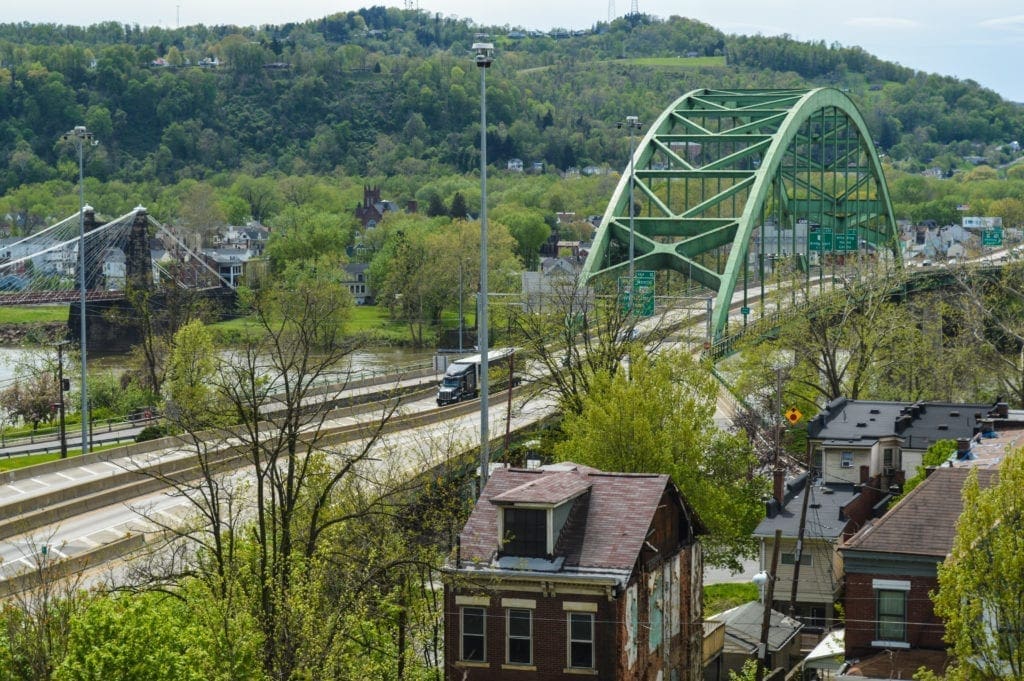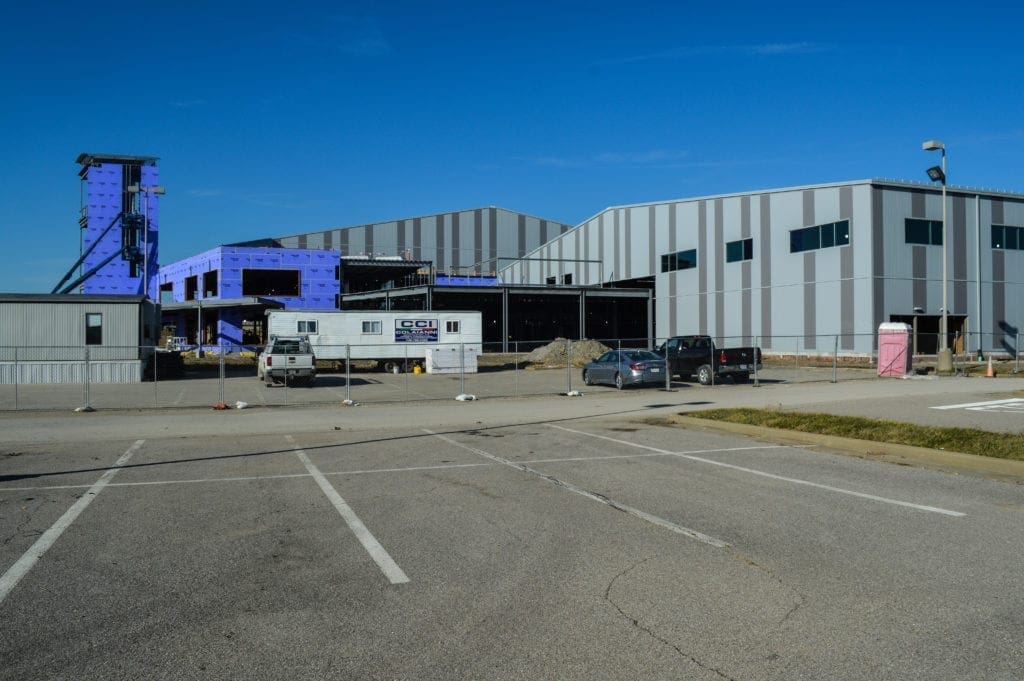(Publisher’s Note: This story is from the LEDE News archives and was initially published a few days after the COVID-19 pandemic began in March. The very first confirmed positive case of the coronavirus in the Mountain State was reported in the Eastern Panhandle on March 17. Since that time, a total of 33,659 total cases and 582 deaths have been reported by health departments in the state’s 55 counties.)
West Virginia Gov. Jim Justice did report this evening that the state has recorded its first confirmed case of COVID-19 coronavirus in the Eastern Panhandle, but many are still wondering if Mountain State residents were first instead of last to experience the disease.
Tested for the flu? Were the results negative? Then what is it? More than a bad cold? It felt different from that?
It’s the same story that has been told on social media platforms for the past few months, and many more wonder if it could be true, including W.Va. Del. Erikka Storch (R-3rd).
“I have heard that theory several times, and there was some kind of illness that went through the area because of how many friends I had that weren’t feeling well,” the lawmaker said. “But I think the fact that West Virginia didn’t have any confirmed cases until the governor said during his press conference that we do have one in the Eastern Panhandle now has been because of travel and because of how spread out we are in our state.
“But, with that said, we could have experienced some kind of funk that hit a lot of people. It could have been connected because a lot of people were tested for the flu, and a lot of the tests came back negative. I’ve heard that from several friends of mine,” Storch explained. “We’ll never know if that was the case because no one was tested for it, and if they are OK, they’re not going to test for it now.”

It’s Possible
According to Howard Gamble, the administrator of the Ohio County Health Department, it is possible that the coronavirus could have impacted the state of West Virginia before the rest of the country, but he added that it is impossible to prove it.
“Sure, it’s possible, but we were not testing for COVID-19 at that time, so there’s no way for us to look at testing data to see if that’s the case,” he said. “We are now testing for COVID-19, and so far, no positive results in the state of West Virginia.
“It is something that we are the only state without a confirmed case (until today), and I don’t think anyone really knows why that is,” Gamble explained. “Sure, we don’t have many residents who travel internationally, but we still have some. We have a mother and daughter quarantined right now because of international travel.”
500 Tests
Ohio County EMA Director Lou Vargo confirmed last Friday that the state of West Virginia was allotted 500 tests, and the latest information from the Governor’s Office reported 84 tests have been conducted.
“And I believe we’ll burn through those tests very quickly,” Storch said. “It’s my hope that our researchers in the state will be able to do something about that number in the very near future, but I hope people do not fall for the scams that have already started.
“It is my understanding that one of the questions as a part of the criteria whether or not you have traveled to a place where a confirmed has been, and I had heard of people being sent home from work because of where they’ve visited,” she said. “But at this point, I don’t know if that includes St. Clairsville since there have been two confirmed cases there.”

It was reported by WTRF TV-7 Monday that Belmont County health officials reported the couple diagnosed with COVID-19 coronavirus was, “doing great,” and that they would need more rounds of testing before being released from the quarantine order. Two females have been quarantined in Ohio County because of travel to Europe.
“I guess we’ll never know if the virus was here first, instead of being the last with a confirmed case,” Storch said. “But everyone I’ve spoken to in Charleston seemed very confident that it’s inevitable that cases will be confirmed much sooner than later. We just have to listen to what’s going to keep us safe and do those things.”


